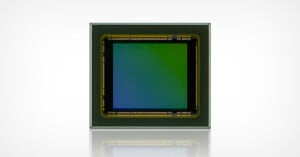
Company Develops AI Tech That Spots a Fake Designer Product From Single Photo
A company has developed an AI image-recognition model that can identify a fake designer product from a single photo -- with luxury fashion brand Lacoste becoming its first customer.




























